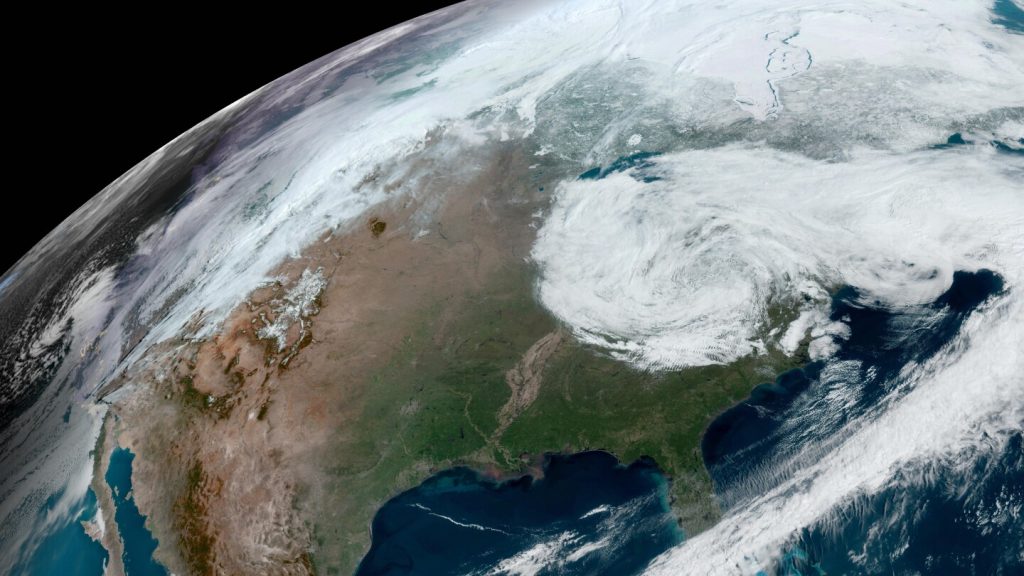The upcoming total solar eclipse on Monday may be obstructed by clouds in some areas of the United States and Canada, according to meteorologists. The path of the eclipse, stretching from Mexico through Maine and parts of Canada, is predicted to have storms that could cover parts of the sky during the event. Viewers in the path wearing eclipse glasses will witness the moon slowly covering the sun until it is completely blocked, leading to a period of darkness known as “totality.” During totality, temperatures drop and the sun’s corona becomes visible. Parts of the U.S. and Canada are expected to have varying degrees of cloud cover, affecting visibility for eclipse watchers.
There is uncertainty surrounding the accuracy of the eclipse weather forecast due to the unpredictable nature of the storms moving across the country. National Weather Service meteorologist Marc Chenard mentioned that the northeast U.S. currently has the best chance of clear skies, along with parts of Arkansas, Missouri, and Illinois. Canada may also have light cloud cover that won’t significantly impact the view, while parts of Ohio, Pennsylvania, New York, and Texas are questionable. Mexico may experience low to mid-level cloud cover, potentially affecting visibility for those in the path of the eclipse.
Thushari Jayasekara, a physics professor at Southern Illinois University, shared her experience of witnessing the 2017 eclipse from Carbondale, Illinois, where clouds partially obscured the spectacle. The clouds opened up during totality, allowing viewers to catch a glimpse of the full effect before the sun was once again obscured. The uncertainty surrounding the eclipse weather forecast makes it difficult to predict exactly where and when clouds may arrive, impacting the viewing experience for those in the path of the eclipse. The National Oceanic and Atmospheric Administration’s Weather Prediction Center will continue to update the forecast until Monday.
If the weather conditions prevent viewers from seeing the eclipse in person, there are alternative ways to experience the event. NASA will stream telescope views of the sun and provide coverage on NASA TV starting at 1 p.m. EDT. Associated Press journalists will also offer live coverage of the eclipse from various locations along the path. The Exploratorium museum, Time and Date, and Slooh will also broadcast eclipse day views online for those unable to witness the event due to cloudy skies or inclement weather. Despite the challenges presented by the weather forecast, there are still opportunities to engage with the total solar eclipse from the comfort of home.















